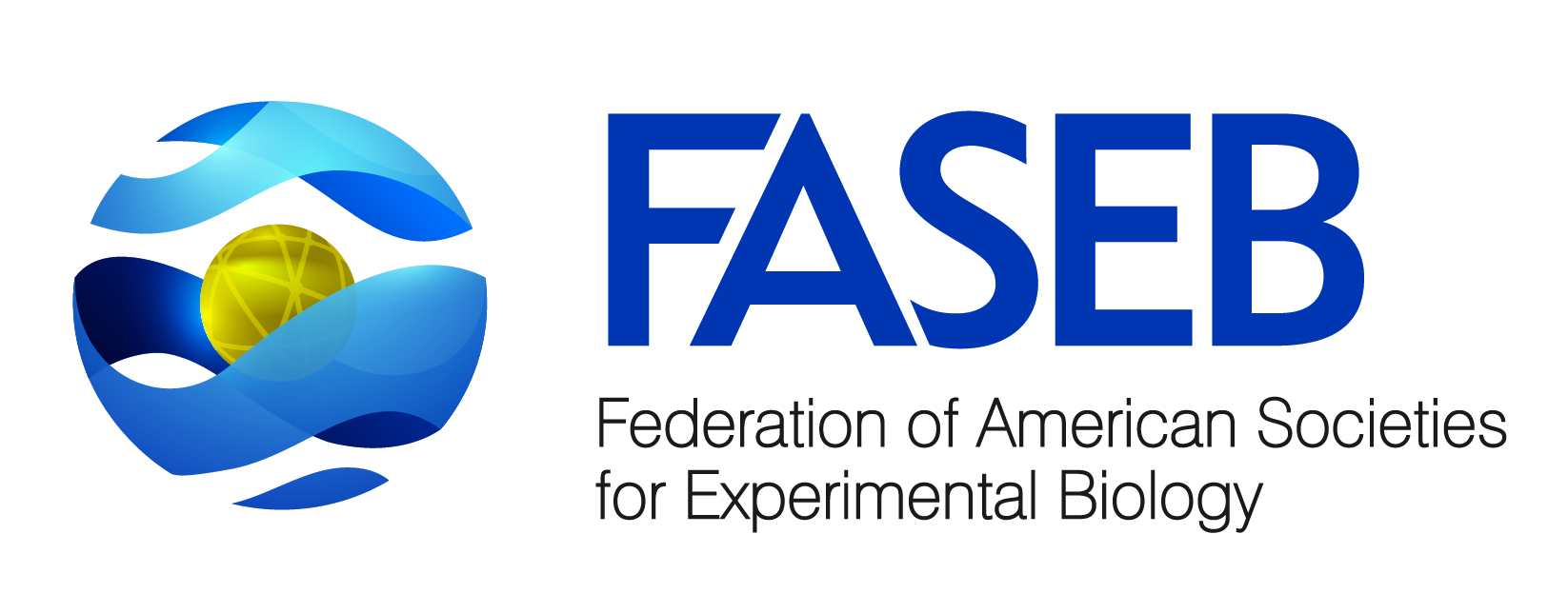Newswise — Rockville, MD (November 22, 2023) — During missions into space, astronauts are exposed to high levels of galactic cosmic radiation and weightlessness. Simulation experiments in male rats indicated that these aspects of spaceflight can negatively affect vascular tissues relevant to erectile dysfunction, even after a period of long-term recovery.
The research, which is published in The FASEB Journal, indicated that vascular alterations are induced by relatively low doses of galactic cosmic radiation and to a lesser extent simulated weightlessness, primarily through increases in oxidative stress. Treatment with different antioxidants could counter some of these effects.
“With manned missions to outer space planned for the coming years, this work indicates that sexual health should be closely monitored in astronauts upon their return to Earth,” said corresponding author Justin D. La Favor, PhD, of Florida State University. “While the negative impacts of galactic cosmic radiation were long-lasting, functional improvements induced by acutely targeting the redox and nitric oxide pathways in the tissues suggest that the erectile dysfunction may be treatable.”
URL upon publication: https://onlinelibrary.wiley.com/doi/10.1096/fj.202300506RR
Additional Information
NOTE: The information contained in this release is protected by copyright. Please include journal attribution in all coverage. For more information or to obtain a PDF of any study, please contact: Sara Henning-Stout, [email protected].
###
About Wiley
Wiley is a knowledge company and a global leader in research, publishing, and knowledge solutions. Dedicated to the creation and application of knowledge, Wiley serves the world’s researchers, learners, innovators, and leaders, helping them achieve their goals and solve the world's most important challenges. For more than two centuries, Wiley has been delivering on its timeless mission to unlock human potential. Visit Wiley at Wiley.com. Follow on Facebook, Twitter, LinkedIn and Instagram.
About the Journal
The FASEB Journal publishes high-quality and impactful multidisciplinary research covering biology and biomedical sciences at every level of organization: atomic, molecular, cell, tissue, organ, organismic, and population. The journal’s scope includes the spectrum of biological and biomedical sciences as well as interdisciplinary research cutting across multiple fields and extending in related areas.
About FASEB
FASEB is comprised of 26 scientific member societies with 110,000 members, making it the largest coalition of biomedical research associations in the United States. FASEB’s mission is to advance health and well-being by promoting research and education in biological and biomedical sciences through collaborative advocacy and service to member societies and their members.
Find FASEB Online
Website: www.faseb.org
Twitter: @FASEBorg
LinkedIn: FASEB
Instagram: @FASEBofficial
